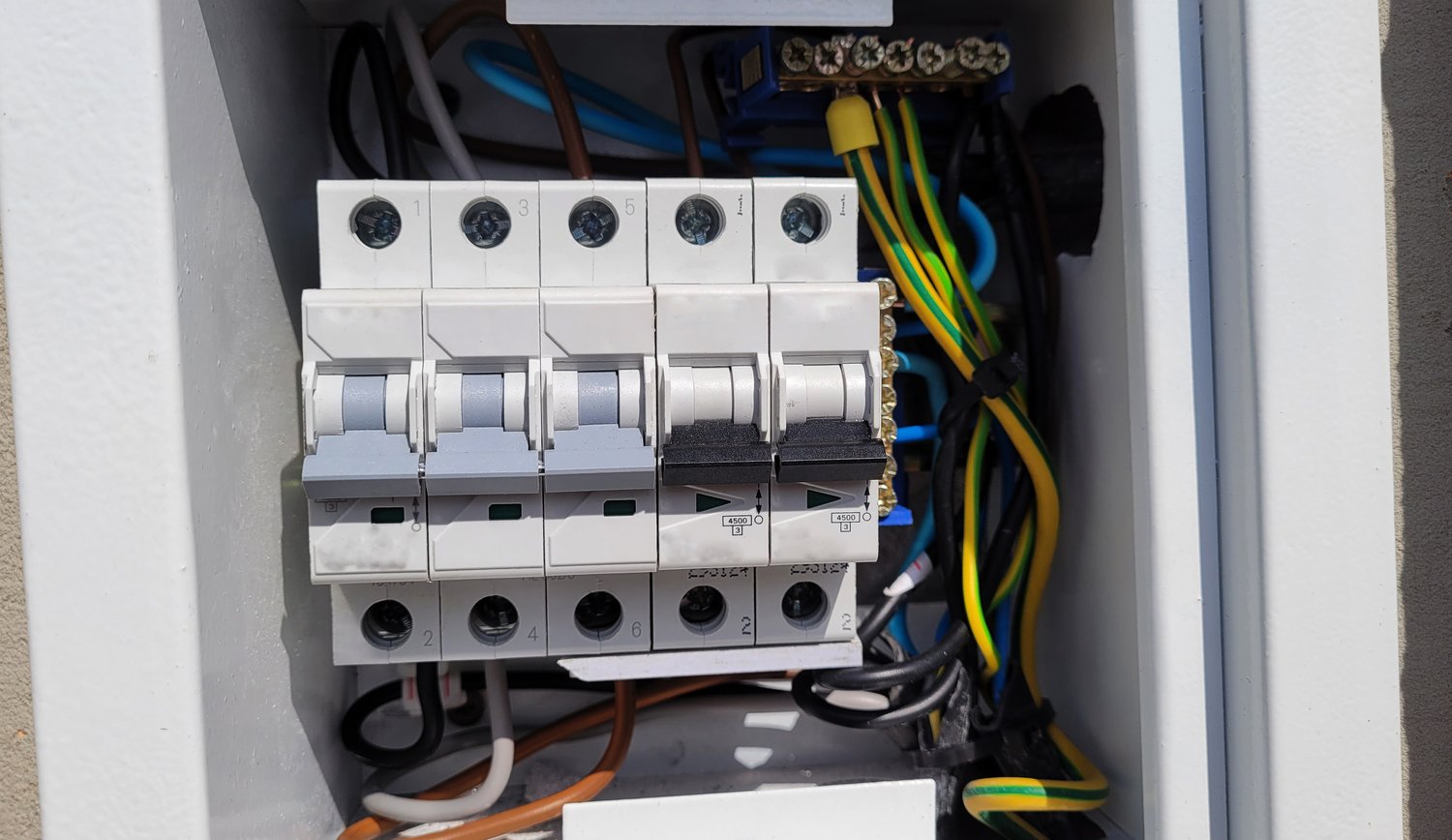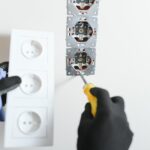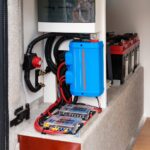Understanding Modular apparatus
Modular apparatus plays a crucial role in electrical systems. These devices protect circuits from overloads and short circuits. They are compact and easily installable in distribution boards. Modular apparatus https://onninen.pl/en/products/Electrical-apparatus/Modular-apparatus includes various components. Each component serves a specific purpose in ensuring electrical safety.
The main types of modular apparatus are:
- Miniature circuit breakers
- Residual current devices
- Overvoltage limiters
- Surge protectors
These devices work together to create a comprehensive safety system. They protect both the electrical installation and the people using it. Understanding their functions is essential for maintaining a safe electrical environment.
Modular apparatus is designed for easy replacement and upgrades. This feature allows for flexible system maintenance. It also enables quick response to changing safety requirements. The standardized dimensions of these devices ensure compatibility across different manufacturers.
Regular inspection of modular apparatus is crucial. It helps identify potential issues before they become serious problems. Experts recommend checking these devices at least once a year. This practice ensures the continued effectiveness of your electrical safety system.
The importance of Miniature circuit breakers
Miniature circuit breakers are fundamental components in electrical systems. They automatically interrupt the circuit when detecting an overload or short circuit. This quick action prevents damage to wiring and connected devices. Miniature circuit breakers https://onninen.pl/en/products/Electrical-apparatus/Modular-apparatus/Miniature-circuit-breakers come in various amperage ratings.
These devices operate on a simple principle. They use either a bimetallic strip or an electromagnetic mechanism. The bimetallic strip responds to excess current by bending, which triggers the breaker. The electromagnetic mechanism uses a solenoid to detect high current flow and trip the breaker.
Choosing the right miniature circuit breaker is crucial. It depends on the circuit’s amperage and the type of load. For example, a 15-amp breaker is suitable for most household lighting circuits. Larger appliances may require 20-amp or 30-amp breakers. Always consult an electrician to ensure proper selection and installation.
Miniature circuit breakers offer several advantages over traditional fuses. They can be reset after tripping, eliminating the need for replacement. This feature saves time and money in the long run. Additionally, they provide more precise and reliable protection against overcurrents.
Residual current devices for enhanced safety
Residual current devices (RCDs) provide an additional layer of protection. They monitor the balance of current between live and neutral conductors. If an imbalance is detected, indicating a potential earth fault, the RCD quickly disconnects the circuit. Residual current devices https://onninen.pl/en/products/Electrical-apparatus/Modular-apparatus/Residual-current-devices are particularly effective in preventing electric shocks.
There are different types of RCDs available:
- Type AC: for general use
- Type A: for circuits with electronic components
- Type F: for variable frequency drives
- Type B: for three-phase systems
Selecting the appropriate type depends on the specific application and potential risks involved.
RCDs typically have a rated tripping current of 30mA for domestic use. This sensitivity level provides adequate protection against electric shock. For industrial applications, higher ratings may be used. Regular testing of RCDs is essential to ensure their proper functioning.
Installing RCDs in all circuits is highly recommended. They are particularly important in areas with increased risk, such as bathrooms and outdoor spaces. In many countries, RCD protection is mandatory for certain circuits. Always check local regulations to ensure compliance with safety standards.
Protecting against voltage spikes with Overvoltage limiters
Overvoltage limiters, also known as surge protectors, safeguard electrical systems from voltage spikes. These spikes can occur due to lightning strikes or switching operations in the power grid. Overvoltage limiters https://onninen.pl/en/products/Electrical-apparatus/Modular-apparatus/Overvoltage-limiters divert excess voltage to the ground, protecting connected devices.
There are three classes of overvoltage limiters:
- Class I: for protection against direct lightning strikes
- Class II: for protection against indirect lightning effects
- Class III: for protection of sensitive electronic equipment
A comprehensive protection system often combines multiple classes for optimal safety.
Overvoltage limiters have a limited lifespan. They gradually degrade with each voltage spike they absorb. Most modern limiters have indicators showing their current status. It’s important to replace these devices when they reach the end of their effective life.
Installing overvoltage limiters is a wise investment. They protect expensive electrical equipment from damage. This protection can save significant costs in the long run. For areas prone to lightning strikes, these devices are particularly crucial. They provide peace of mind during severe weather conditions.





